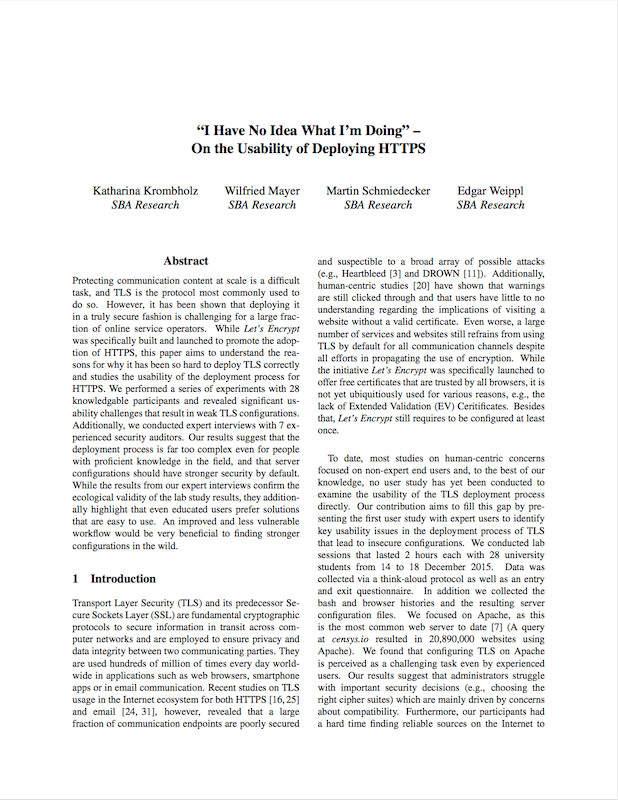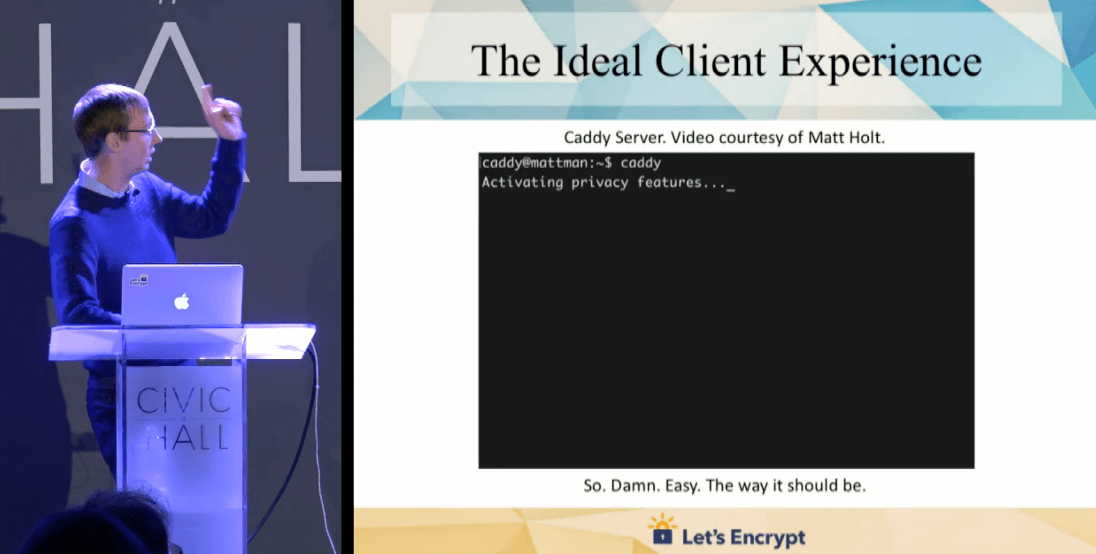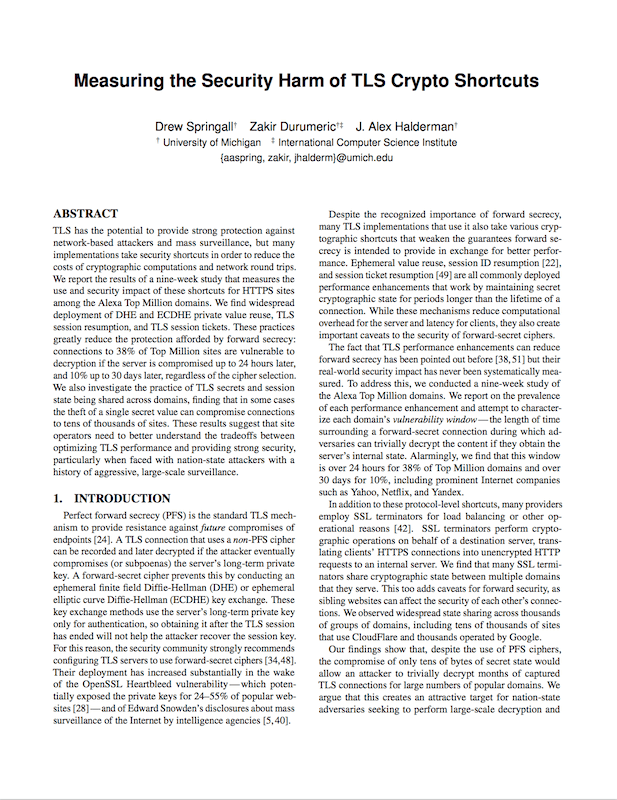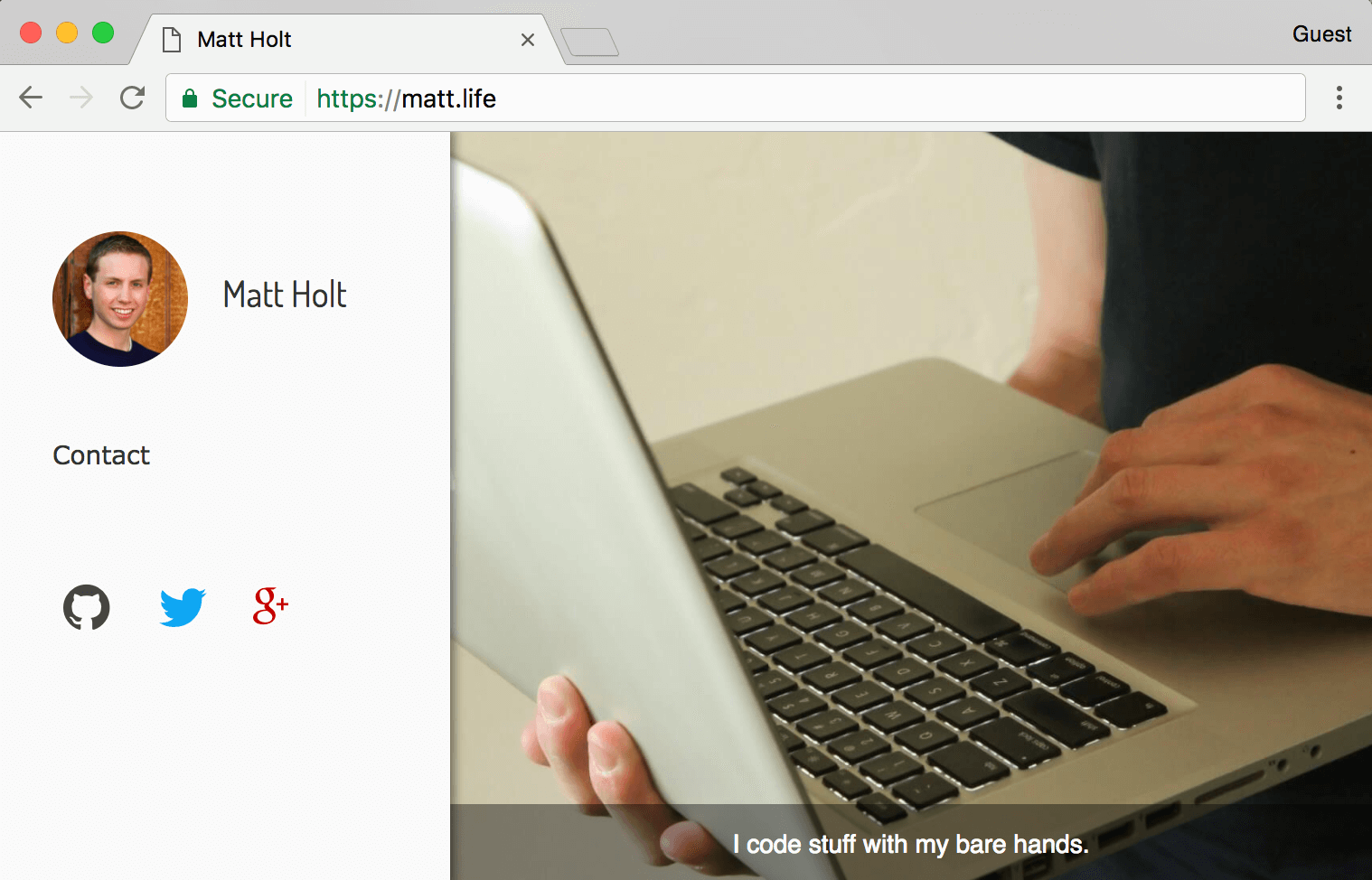Recommended by Experts
Caddy is praised by researchers and industry experts for its security defaults and unparalleled usability.
USENIX 2017
"TLS must be enabled by default ... and the Caddy web server is a good and usable example..."

NY LUG 2016
"Caddy is impressive. This is what we want, setting up a secure website."
—Josh Aas
Executive Director, ISRG

ACM IMC 2016
"No popular server software does [session ticket key rotation], with the exception of the most recent release of Caddy."



